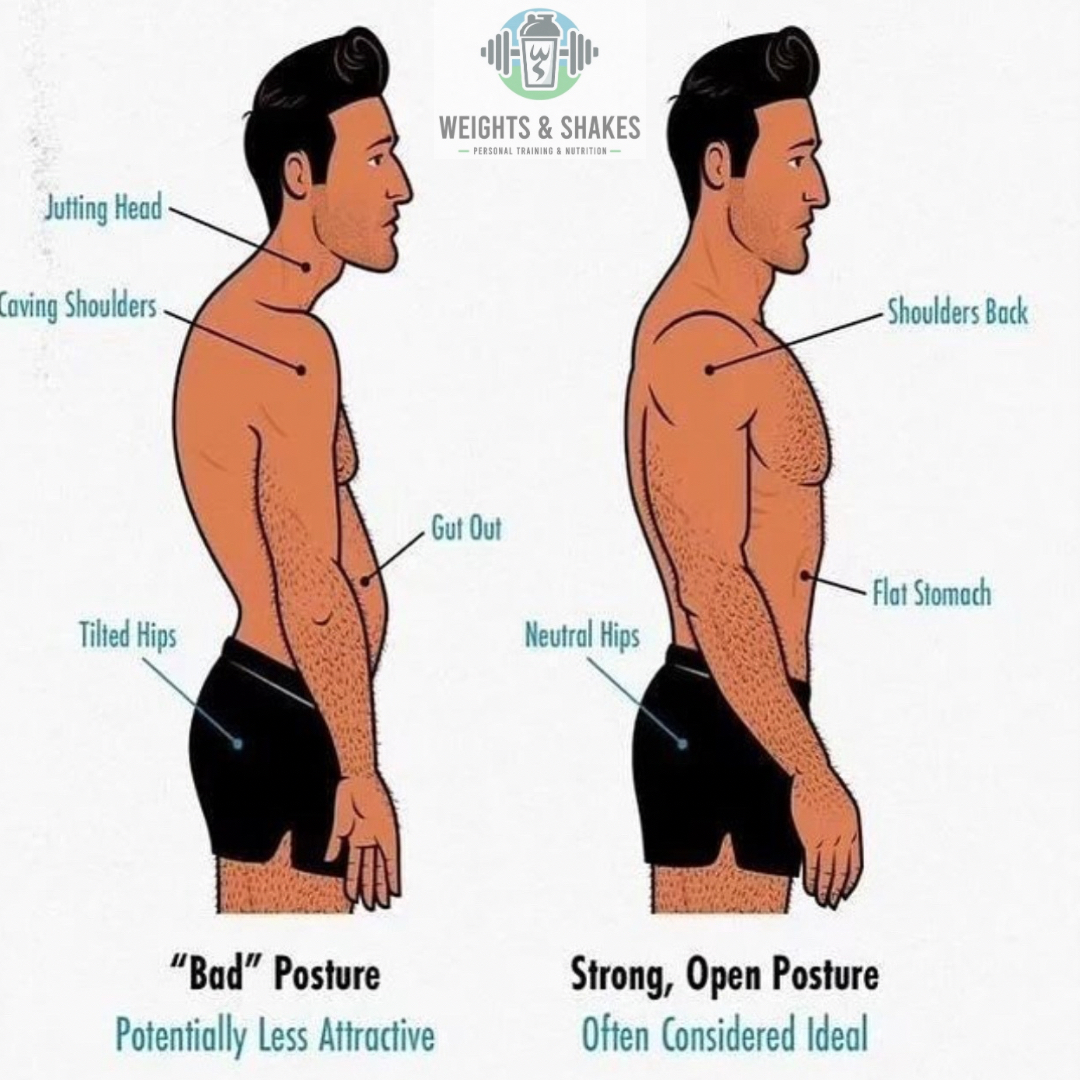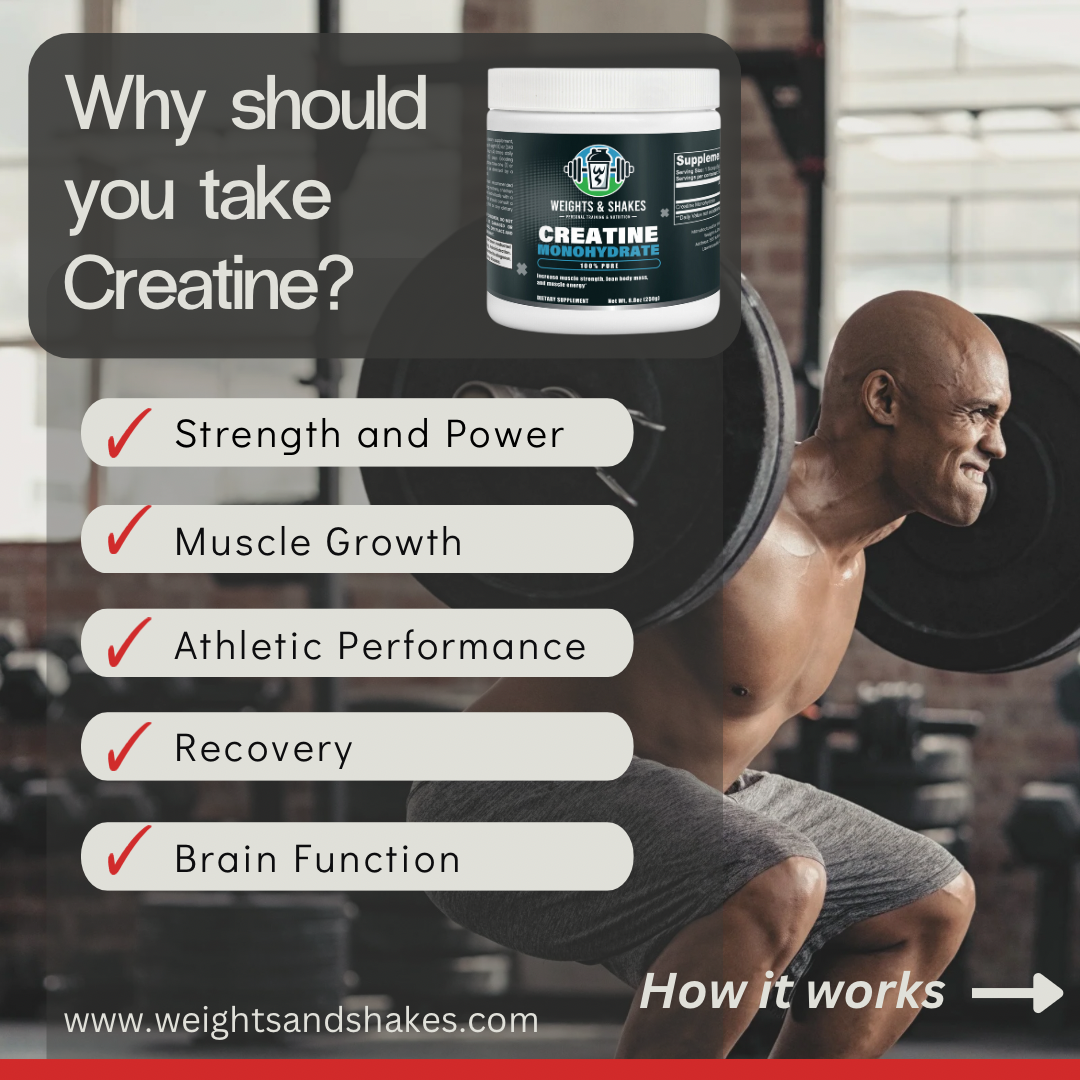Sign Up for Newsletter
Posture is often overlooked in our day-to-day lives, yet it plays a critical role in our overall health, well-being, and even how others perceive us. Good posture involves maintaining the natural curves of the spine in a balanced alignment, while bad posture often results from misalignment that can lead to various physical and even psychological issues over time. In this article, we’ll explore the differences between good and bad posture, how to identify and correct bad posture in yourself, the impact of daily activities on your posture, and why strong, open postures are considered ideal.

Good Posture vs. Bad Posture
Good Posture:
Good posture is when your body is in alignment and your muscles are supporting your skeletal structure efficiently. This means your spine maintains its natural curves—cervical (neck), thoracic (upper back), and lumbar (lower back)—without excessive rounding or arching. With good posture, your head is aligned over your shoulders, your shoulders are back, and your weight is evenly distributed across your feet.
Bad Posture:
Bad posture, on the other hand, occurs when the body is not aligned correctly, placing undue strain on muscles, joints, and ligaments. Common examples of bad posture include:
- Forward Head Posture: Where the head juts forward, leading to neck strain.
- Rounded Shoulders: The upper back rounds forward, often caused by slouching.
- Anterior Pelvic Tilt: The pelvis tilts forward, causing an exaggerated curve in the lower back.
- Slumped Posture: A combination of rounded shoulders, forward head, and a hunched upper back.
Identifying Bad Posture in Yourself
To determine if you have bad posture, perform a simple posture test:
- Stand Against a Wall: Stand with your back against a wall, heels about 2-4 inches away, and your head, shoulders, and buttocks touching the wall.
- Check Alignment: Place one hand behind your neck and the other in the small of your back. If there’s too much space (more than a hand’s width) in either area, it could indicate poor posture.
- Observe Your Normal Posture: Step away from the wall and stand as you normally would. Compare this to how you felt standing against the wall—notice any differences?
Tips for Correcting Bad Posture
Correcting bad posture requires mindfulness and regular practice. Here are some tips to help you get started:
- Strengthen Your Core: A strong core supports your spine and helps maintain good posture. Incorporate exercises like planks, bridges, and abdominal crunches into your routine.
- Stretch Regularly: Tight muscles can pull your body out of alignment. Stretch your chest, shoulders, hip flexors, and hamstrings to reduce tension and improve flexibility.
- Use Ergonomic Furniture: Ensure your chair, desk, and computer setup support good posture. Your feet should be flat on the floor, your knees at a 90-degree angle, and your screen at eye level.
- Practice Mindful Sitting and Standing: Pay attention to how you sit and stand throughout the day. Keep your back straight, shoulders back, and ears in line with your shoulders.
- Take Breaks: Avoid staying in one position for too long. Get up, move around, and stretch every 30 minutes to an hour.
- Engage in Posture Exercises: Practice posture-specific exercises like wall angels, shoulder blade squeezes, and chin tucks to reinforce good habits.
Daily Activities That Impact Posture
Many daily activities contribute to poor posture, especially in our modern, sedentary lifestyles:
- Sitting for Long Periods: Whether at a desk, in the car, or on the couch, prolonged sitting can lead to slumped or rounded shoulders and a forward head posture.
- Using Electronic Devices: Constantly looking down at phones, tablets, or laptops can strain the neck and upper back, leading to the so-called “tech neck.”
- Carrying Heavy Bags: Carrying a heavy bag on one shoulder can cause imbalances, leading to shoulder and neck strain.
- Wearing High Heels: High heels alter your natural center of gravity, causing an anterior pelvic tilt and excessive lower back arch.
The Long-Term Health Impacts of Poor Posture
If bad posture is not corrected, it can lead to several long-term health issues, particularly as we age:
- Chronic Pain: Poor posture can cause chronic back, neck, and shoulder pain due to the constant strain on muscles and joints.
- Degenerative Conditions: Bad posture can contribute to the development of conditions like herniated discs, osteoarthritis, and spinal degeneration.
- Decreased Mobility: Over time, poor posture can lead to reduced flexibility and mobility, making everyday activities more challenging.
- Breathing Difficulties: Slumped posture can compress the chest cavity, restricting lung capacity and making it harder to breathe deeply.
- Poor Circulation: Prolonged poor posture can lead to decreased circulation, increasing the risk of varicose veins and deep vein thrombosis.
Why Strong, Open Postures Are Ideal
Strong, open postures are not only good for your health but also convey confidence, strength, and vitality. Here’s why:
- Aesthetic Appeal: Good posture enhances your appearance by making you look taller, leaner, and more confident. It opens up your chest and aligns your body in a way that exudes strength and poise.
- Psychological Impact: Research suggests that adopting a “power pose,” such as standing tall with your chest open, can boost feelings of confidence and reduce stress. Conversely, slouched postures are associated with lower self-esteem and increased feelings of depression.
- Efficient Movement: With good posture, your body moves more efficiently, reducing the risk of injury and enhancing physical performance.
Posture is more than just how you carry yourself—it’s a reflection of your overall health and well-being. By identifying and correcting bad posture, you can prevent long-term health issues, improve your physical appearance, and boost your confidence. Whether you’re sitting at a desk, standing in line, or lifting weights, maintaining good posture should be a priority in your daily life. Remember, it’s never too late to start making positive changes that will benefit you for years to come and the team at Weights & Shakes is here to guide you through your journey.




